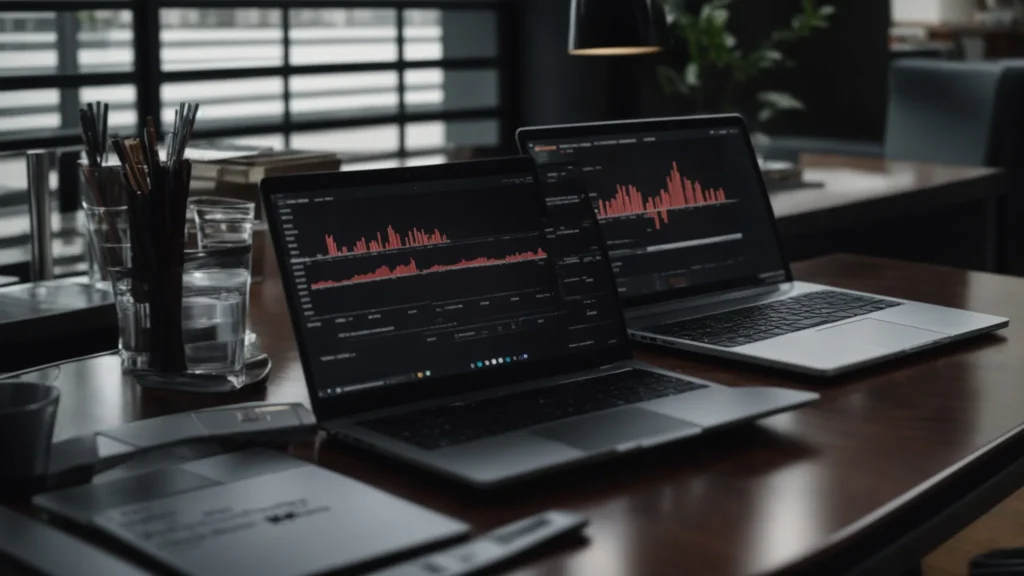Inventory management can be capital-intensive for businesses of all sizes. Therefore, any opportunity to maintain optimal inventory efficiency and reduce costs should be a priority rather than a luxury. That’s the overarching objective of inventory optimization; it’s to achieve predetermined service levels while minimizing the amount of capital spent on operations. This guide provides more details as to why optimizing inventory is crucial for your business’s long-term growth.
Optimization helps with inventory planning.

According to the United States Census Bureau, businesses hold about $1.3 worth of inventory for every dollar of goods sold. The figure has increased significantly over the years, mirroring the upward stock-carrying capacity in the retail industry. Now, more than ever, businesses require efficient planning to free their warehouses of materials they rarely need. However, many inventory optimization tools calculate stock levels using historical data, which has its pros and cons. Often, this approach leads to silos that don’t take retailing challenges into account.
Many businesses are gradually moving away from such optimization approaches to planning methodologies that consider items presently in stock and incoming orders. Real-time-based inventory planning requires businesses to leverage efficient techniques like data exploration to reduce excess storage.
It eliminates supply chain variability.
A 2018 survey revealed the topmost priorities for supply chain managers are cost reduction and risk management. There’s no denying that supply chain lags can stifle operational efficiency in your warehouse. What’s more, there are several ways in which your supply chain management can go wrong, and often, the limitations may change over time, making it hard to deploy lasting solutions to your inventory troubles.
Investing in event architecture solutions can be a great option. Event-driven architecture is a software design pattern that can help you detect events or changes in real-time. It can contribute to inventory optimization and you can use it to gain greater control of your inventory based on the changes that occur to your data as it flows through your organization.
Changes or events can happen to an organization’s data in many ways, including customers making more purchases than usual. This can impact both stock levels and distribution pace, ultimately stagnating the free flow of goods from a warehouse to customers. EDA guarantees consistency, ensuring better inventory optimization whilst improving operational efficiency through swift anticipation of market changes.
Inventory makes it easy to review finances.

Inventory optimization can be a great way to avoid costly mistakes in storing and moving products to customers. Optimization software answers the following questions: What do customers need, and when do they want their products? Insights from these programs ensure you don’t hold too much load cutting out customers and cluttering away your chances to take in more demand. Businesses can save up to 30 percent of their working capital by optimizing their inventory management process.
Optimization helps manage customers and suppliers.
The future of inventory optimization significantly depends on machine learning and artificial intelligence. These innovations present businesses and clients with endless benefits. Customer satisfaction is vital for all business functions, including inventory optimization. Therefore, using effective inventory optimization to improve delivery and service times and keep customers satisfied can never be a miss. Keeping at this can have various implications on customer loyalty, making it easier for your customer relationship management and marketing teams to plan and implement effective strategies.
All in all, inventory optimization can guarantee your peace of mind as stock levels and demands change over time. The benefits of inventory optimization can also apply to your employees. The more value they see from their work, the more confident they become in ramping up inventory management and adhering to established best practices.











